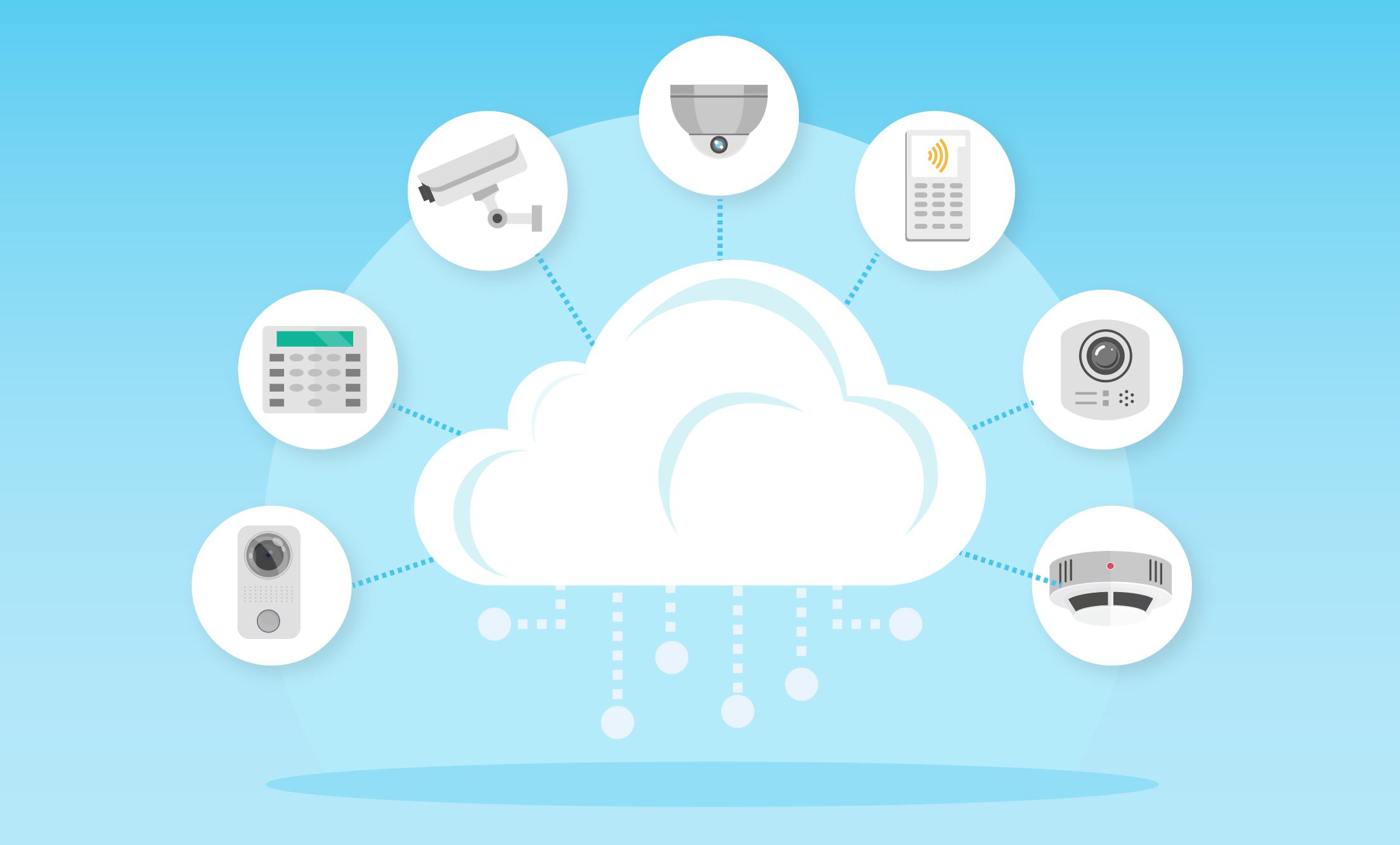
How Can Physical Security Teams Take Control of Their Devices as the Industry Moves to the Cloud?
As today’s organizations are forced to adapt to a rapidly evolving threat landscape, the line between physical security and cybersecurity is becoming increasingly blurred. Importantly, this trend is raising the pressure on physical security teams to become more adept at managing their own connected devices.
But in most cases, physical security teams still do not have all the technology they need in order to optimize their organizations’ security postures. Lacking adequate real-time visibility into their physical security devices, it can take these teams a long time to even discover when a device is down or faces another technical problem – let alone understand the root cause and resolve the issue.
What’s more, in many cases, physical security teams need support from their IT colleagues to resolve issues, if they are related to the network. This relationship between IT and physical security is often fraught with friction – whether due to conflicting priorities, or simply a result of mutual miscommunication.
Not only does this status quo often create inefficiency, seemingly endless round-robins, and mutual frustration – but it puts organizations’ physical security and cybersecurity at risk.
Today, it’s more apparent than ever that IT and physical security teams must work together.
Physical security is moving towards the cloud
With physical security becoming increasingly cloud-focused, it’s getting more important to make sure that devices are properly protected and maintained to prevent cybercriminals from compromising them. A recent survey by Genetec highlighted the growing role of cloud technologies in physical security, finding that 67% of respondents said that their physical security systems were either cloud-based or hybrid – up from just 42% in Genetec’s 2022 survey.
Meanwhile, the growing risk of cybercrime is creating real concern among physical security and IT professionals, and with good reason. Notably, Genetec’s report also found that 31% of the end users surveyed said their company had been targeted by cybercriminals this year.
Physical security teams need a way to automatically harden and maintain their devices to protect them from increasingly costly cyber threats. They need a way to rapidly find out as soon as a device stops working properly, and remote tools and real-time insights to help them swiftly diagnose and actively resolve any operational issues that arise.
More generally, we’re seeing physical security and cybersecurity become increasingly intertwined. That’s not just because of the danger of cyber-physical attacks, in which cybercriminals attack physical infrastructure remotely. It’s also because of the risk of threat actors using physical means to hack into devices on-site. And in no small part, it’s because of the very real danger posed by cybercriminals eager to hack into physical security devices.
As organizations increasingly take seriously the cybersecurity risks that can stem from inadequately managed physical security devices, physical security teams play a leading role by hardening their devices. And to do that, they need robust technological tools that will help them both to boost their self-sufficiency and to collaborate effectively with other departments – especially IT.
Essentially, physical security teams require their very own “IT tool” – albeit one that is geared towards the very specific challenges and needs of physical security.
Most IT teams aren’t focused on physical security
It’s worth keeping in mind that physical security teams are already becoming increasingly tech-savvy and sophisticated, gaining self-sufficiency in dealing with the digital devices on which they rely. At the same time, IT teams are dealing more with physical security devices than in the past. And there’s an increasing awareness of the importance of collaboration between physical security and IT teams.
But in many organizations, management of connected physical security devices still falls into a gap between teams. While physical security devices play a central role in the work of physical security teams, it’s common for those teams to lack the visibility and automated tools they need to ensure that their devices run properly and securely. As a result, they may rely on their organization’s IT department – and that can leave them on unstable ground, especially because IT teams usually lack detailed information relating to physical security devices.
While IT teams have visibility into the networks on which physical security devices run, they generally lack insight into the operational status of the physical security devices themselves. Even if IT team members do become aware of an issue affecting physical security devices, their wide-ranging responsibilities often mean that physical security device management is not their top priority. So, when operational issues arise that are urgent from a physical security perspective, in many cases they are not urgent in the eyes of their organization’s IT department.
Using an “IT” tool to enhance physical security
It’s clear that as physical security and cybersecurity become increasingly interdependent, it is becoming more important for physical security teams to take an active role in managing and maintaining their connected devices. While physical security professionals are gaining the knowledge and skills to make that happen, in many cases they still lack the necessary technologies to practically maintain their connected devices. In order to be more self-sufficient – while also enhancing collaboration with their colleagues in IT – they need to have direct access to an “IT-style” solution for physical security devices.
What capabilities must such a solution have in order to meet physical security teams’ needs, while also providing IT the visibility they may need into connected physical security devices? Most importantly, it needs to be comprehensive and user-friendly, bringing together visibility and automated management tools addressing all of the key risks that can plague physical security devices.
Specifically, an IT solution for physical security teams needs to maximize the availability (uptime) of physical security devices – both by notifying the relevant team members when operational issues arise, and by providing insight and remote capabilities to help them resolve those issues rapidly. The solution also needs to protect physical security devices from cyber threats – both by detecting anomalies and by automatically performing key maintenance steps such as password rotations and firmware upgrades.
This way, physical security teams can gain the technological resources they need in order to deliver the reliable, consistent security on which their organizations depend. With increased insight into the real-time status of their devices, they can boost both their own efficiency and their self-sufficiency. This approach can also help them collaborate effectively with other stakeholders (especially their colleagues in IT) – a critical necessity for any modern physical security team.
Taken together, these benefits can make a powerful difference in helping organizations enhance their physical security without leaving themselves exposed to cyber risks.
For a closer look at how physical security and IT teams can work together effectively, check out The Guide to Bridging the Gap Between IT and Physical Security.










